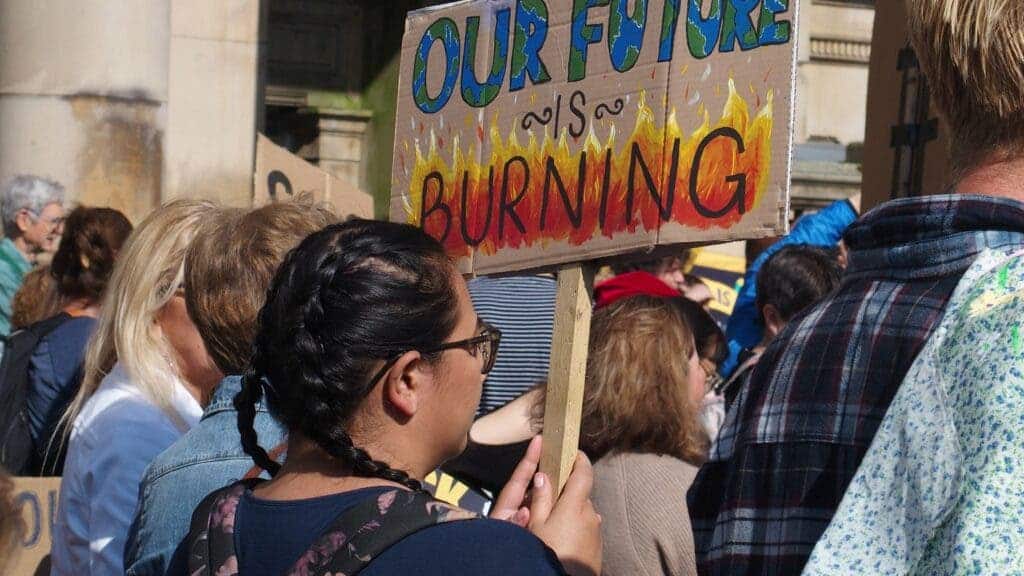The good news? The pandemic temporarily reduced our greenhouse gas emissions. The bad news? To avoid the worst effects of the climate crisis we’d need this drop to happen every two years for the next decade.

Global greenhouse gas emissions dropped by around 2.6 GtCO2 in 2020, according to an analysis by the Global Carbon Project. The decrease, largely caused by the measures implemented to slow the spread of the pandemic, marks a 7% drop from 2019 levels. It’s more than anything that’s been seen so far… but it’s kind of not enough.
Countries agreed in the Paris Agreement to limit the temperature increase to 2ºC, ideally aiming at 1.5ºC. To have an actual chance to meet those targets, emissions need to drop by 1-2 billion tons every year for the next decade, according to a study lead by UK researcher Corinne Le Quéré.
“Countries’ efforts to cut CO2 emissions since the Paris Agreement are starting to pay off, but actions are not large-scale enough yet and emissions are still increasing,” Le Quére said in a statement. “The drop in CO2 emissions from responses to Covid-19 highlights the scale of actions and of international adherence needed to tackle climate change.”
Not good enough
The researchers looked at the efforts taken by countries to tackle their emissions since the Paris Agreement was signed in 2015. They found that from 2016 and 2019, a group of 64 countries reduced their emissions, while 150 countries continued to increase them. But even among those 64 that did see a drop, the scale of action was just a fraction of what’s needed.
The annual rate of emissions cuts must increase tenfold from high-income countries, the study showed, to keep temperatures in check. Lower-income countries, many of which saw a slowdown in emissions between 2016 and 2019, also have to drastically reduce their rate of emissions in order to meet the Paris Agreement goals.
“We have failed to understand in the past that we can’t have to tackle climate change as a side issue. It can’t be about one law or policy, it has to be put at the heart of all policy. Every strategy and every plan from every government must be consistent with tackling climate change,” Le Quére told The Guardian, calling for a green recovery following the pandemic.
Le Quére and her team argued that economic stimulus on national levels could change the course of global emissions if investments towards green infrastructure are enhanced while investments encouraging the use of fossil fuels are reduced. While countries have announced green stimulus packages, investments are still dominated by fossil fuels, the study found. We need proper green investments for a true transition, the studies conclude.
They dismissed the possibility of a full rebound of emissions this year, given the persistence of the pandemic and the pre-Covid-19 climate policy. Still, mankind seems eager to make up for lost time: early data has already shown economic drivers and other factors drove global emissions up in December 2020, potentially offsetting the decrease in emissions by confinement measures.
“Experience from several previous crises show that the underlying drivers of emissions reappear, if not immediately, then within a few years. Therefore to change the trajectory in global CO2 emissions in the long term, the underlying drivers also need to change,” the study reads, highlighting the country’s commitments for achieving a net-zero economy by 2050.
This is now backed by the three biggest emitters. China committed to carbon neutrality by 2060, with few details on scope, the United States by 2050 with President Joe Biden and the European Commission by 2050 too. The effective implementation of these ambitions will be essential to change the global emissions trajectory, the researchers concluded.
The study was published in the journal Nature Climate Change.









